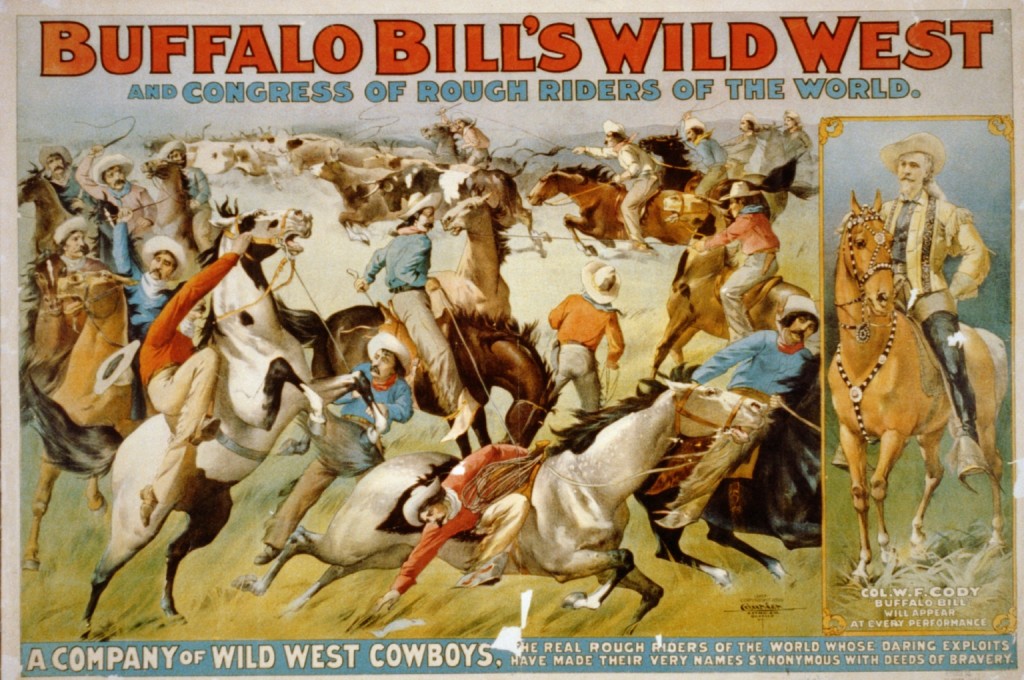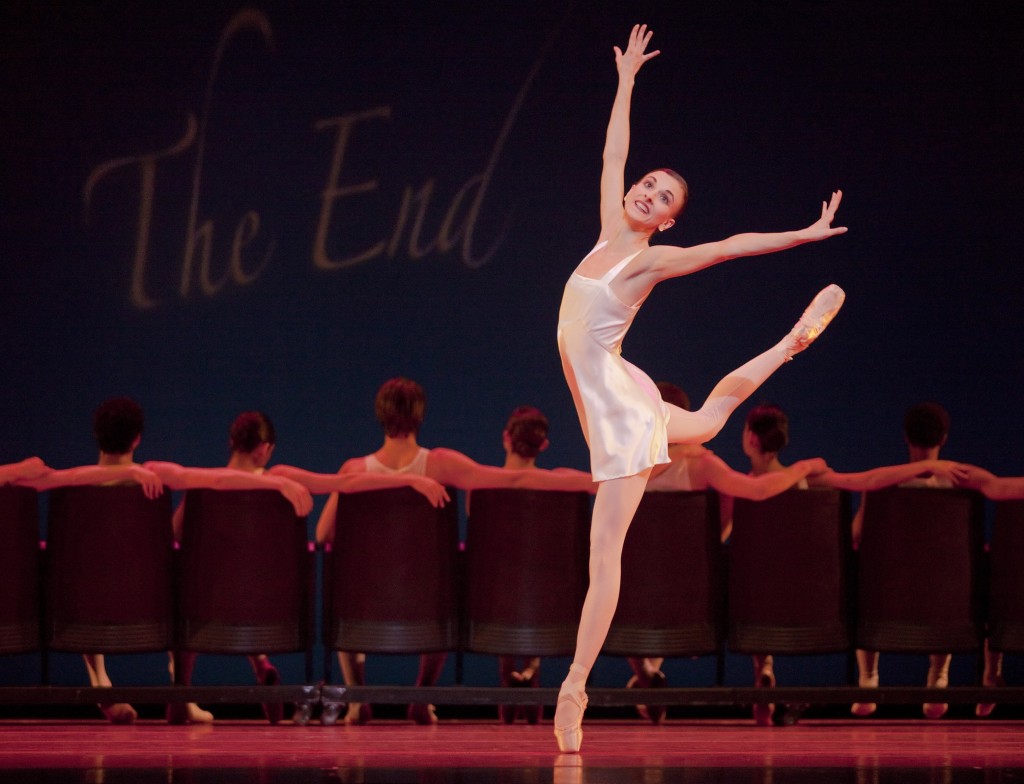 Anne Mueller in Eyes on You. Photo: Blaine Truitt Covert
Anne Mueller in Eyes on You. Photo: Blaine Truitt Covert
By Bob Hicks
“Oh, look!” Mr. Scatter said, glancing up from his program. “The music is by Wiwaldi and Corelli. You’ll like that.”
The Small Large Smelly Boy snickered. “Why do you always say ‘Wiwaldi’ for ‘Vivaldi‘?” he asked.
“Because sometimes you need to do things just for the fun of it.”
One works small life lessons into the conversation when one sees the opportunity.
 When George Balanchine created Square Dance for New York City Ballet in 1957, he must have done it at least partly just for the fun of it. What a mashup! — the measured musical courtliness of two Baroque master composers, a stage filled with neoclassically trained ballet dancers, a small Baroque-style orchestra about the size and sonic configuration of an acoustic hillbilly band, and off in the corner, resplendent in Western shirt, bolo tie and cowboy hat, a 20th century American square-dance caller shouting out the do-si-do’s. It took a brilliant creative leap, on a much higher level than the whimsical substituting of a few “w”s for “v”s, to make these cross-century connections, and to make them seem so obvious after the fact: the balanced regularity of Baroque music and country-dance music; virtuoso turns on the 18th century violin and the 20th century fiddle; the stylized courtship patterns in both Baroque and modern country dance; the easy back-and-forth between high and popular art; the backward glance, from the modern ballet stage, to the more rudimentary yet charming forms of the art in Corelli’s and Vivaldi’s times. The incongruities work because, underneath, they really aren’t incongruous at all.
When George Balanchine created Square Dance for New York City Ballet in 1957, he must have done it at least partly just for the fun of it. What a mashup! — the measured musical courtliness of two Baroque master composers, a stage filled with neoclassically trained ballet dancers, a small Baroque-style orchestra about the size and sonic configuration of an acoustic hillbilly band, and off in the corner, resplendent in Western shirt, bolo tie and cowboy hat, a 20th century American square-dance caller shouting out the do-si-do’s. It took a brilliant creative leap, on a much higher level than the whimsical substituting of a few “w”s for “v”s, to make these cross-century connections, and to make them seem so obvious after the fact: the balanced regularity of Baroque music and country-dance music; virtuoso turns on the 18th century violin and the 20th century fiddle; the stylized courtship patterns in both Baroque and modern country dance; the easy back-and-forth between high and popular art; the backward glance, from the modern ballet stage, to the more rudimentary yet charming forms of the art in Corelli’s and Vivaldi’s times. The incongruities work because, underneath, they really aren’t incongruous at all.
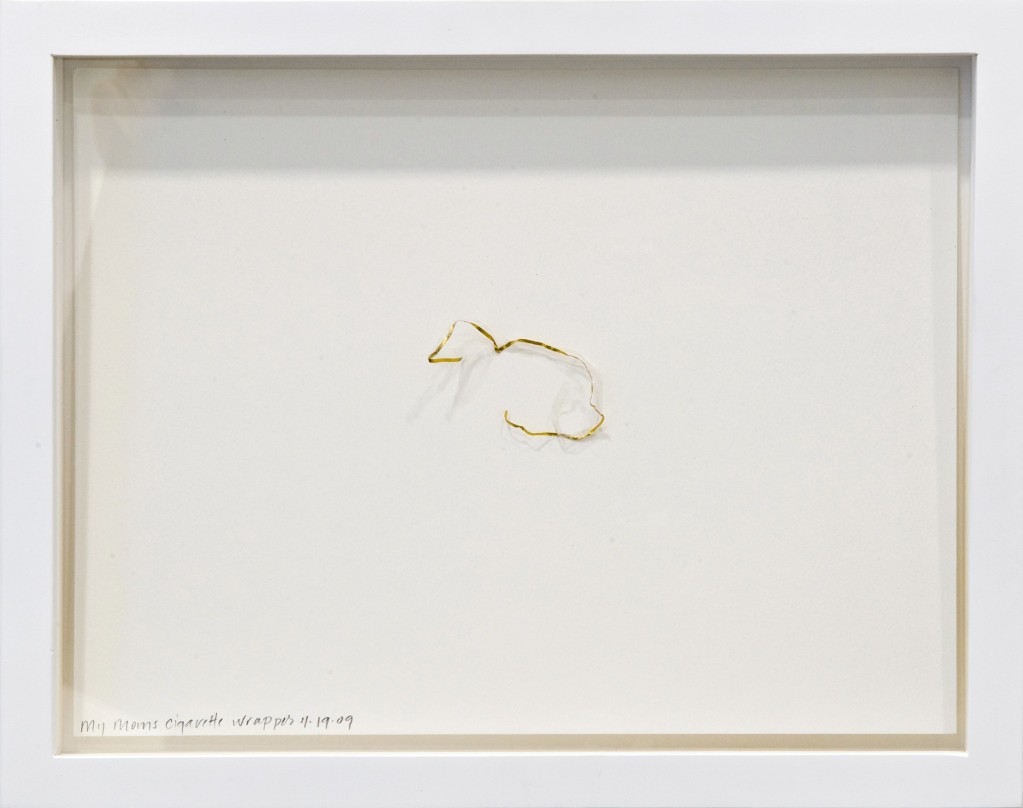 “My Mom’s Cigarette Wrapper,” 2009
“My Mom’s Cigarette Wrapper,” 2009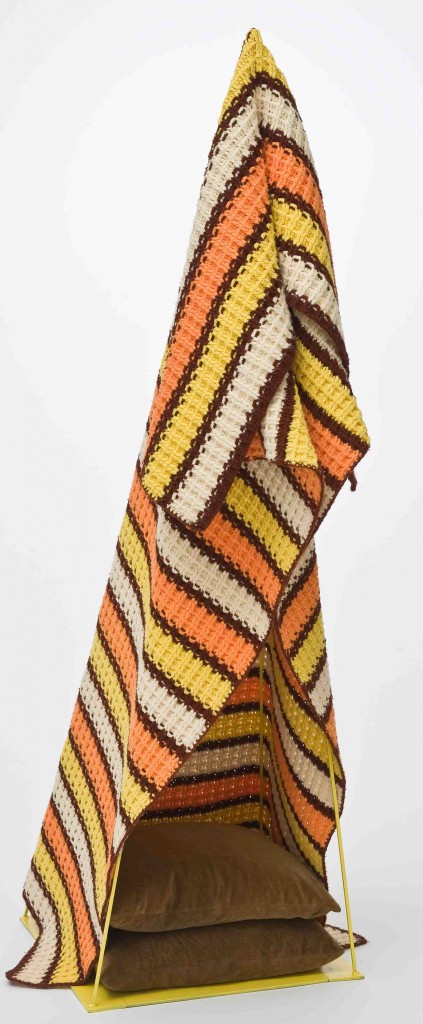 It was
It was 
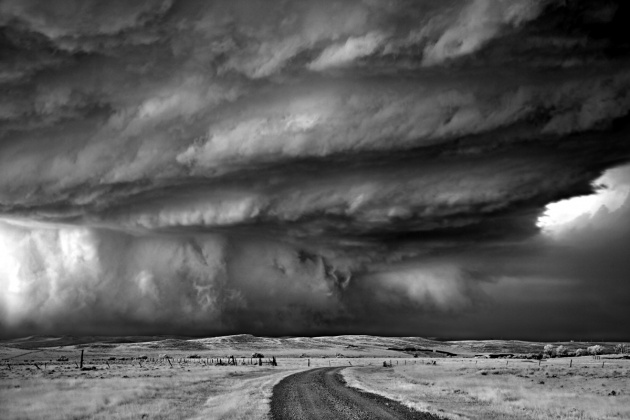
 Allen Ginsberg/Elizabeth Leach Gallery
Allen Ginsberg/Elizabeth Leach Gallery Like a lot of writers, Parry just picks her scene and throws you right into the middle of it. Ah. Berlin. Nineteen-Ninety. Scant months after the jubilant tearing-down of the Wall.
Like a lot of writers, Parry just picks her scene and throws you right into the middle of it. Ah. Berlin. Nineteen-Ninety. Scant months after the jubilant tearing-down of the Wall.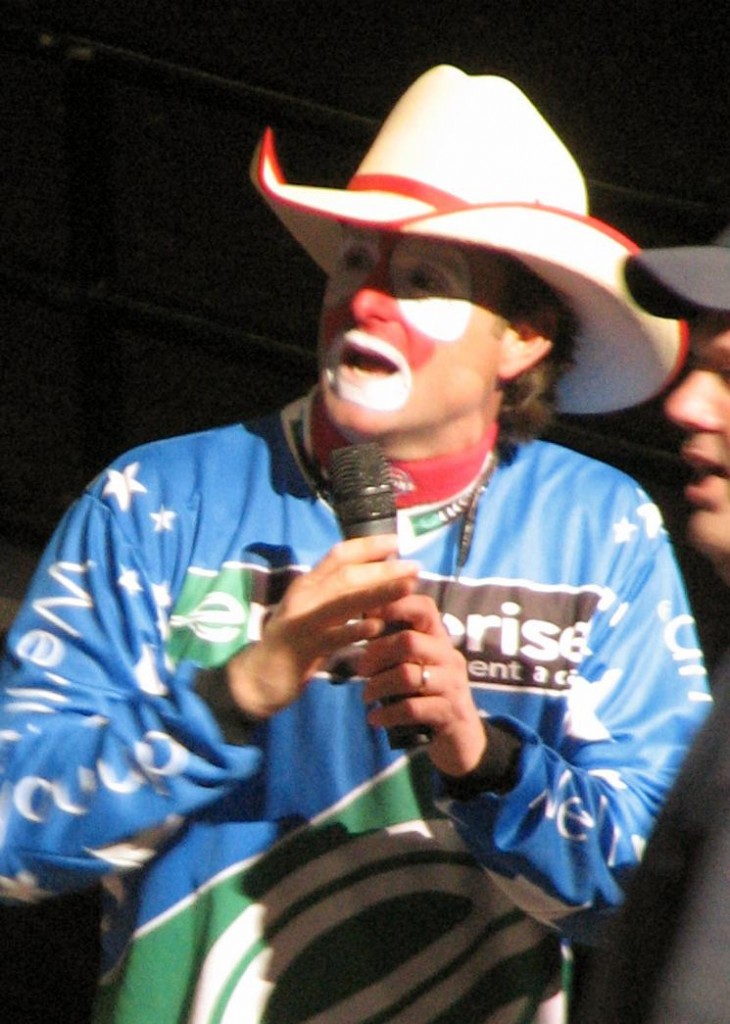 The code’s as rugged as rawhide, which means it tends to get frayed if you leave it out in the rain. And it does rain hereabouts. Besides,
The code’s as rugged as rawhide, which means it tends to get frayed if you leave it out in the rain. And it does rain hereabouts. Besides,  Well, the turnabout’s happened. As Kate Taylor
Well, the turnabout’s happened. As Kate Taylor  That accounts for the headline above.
That accounts for the headline above.